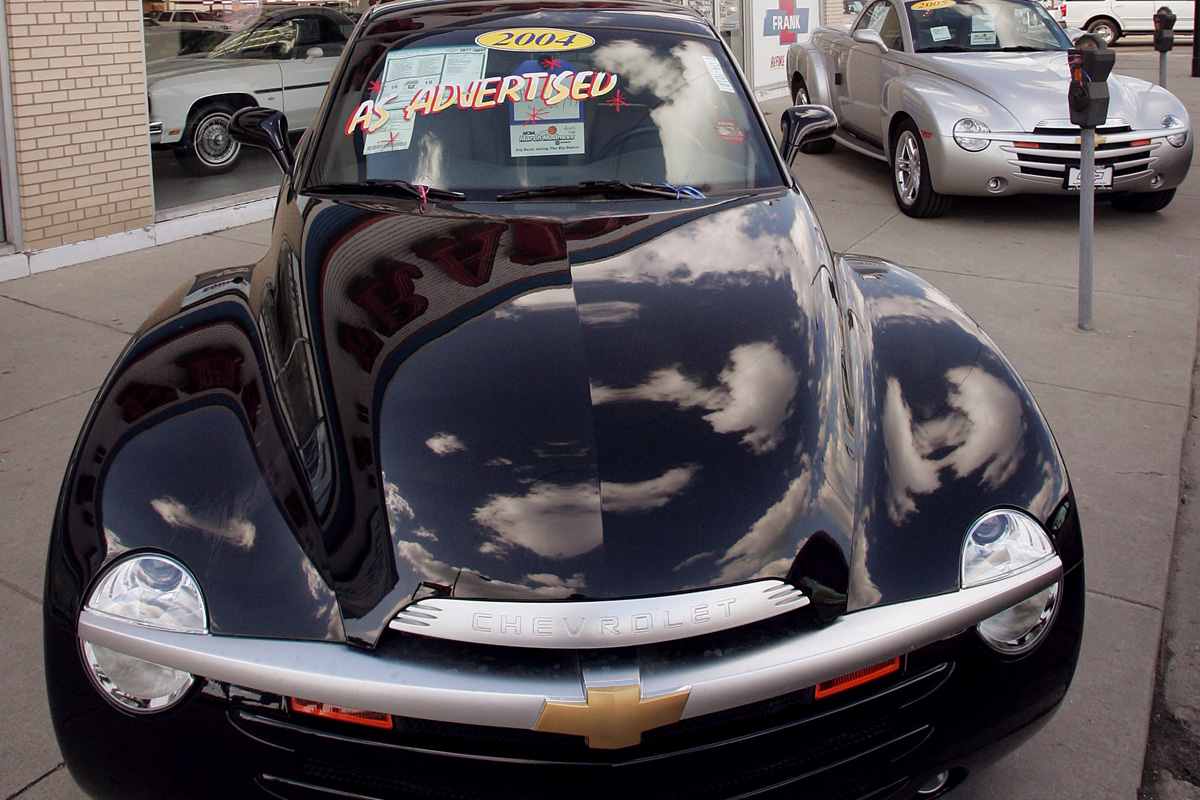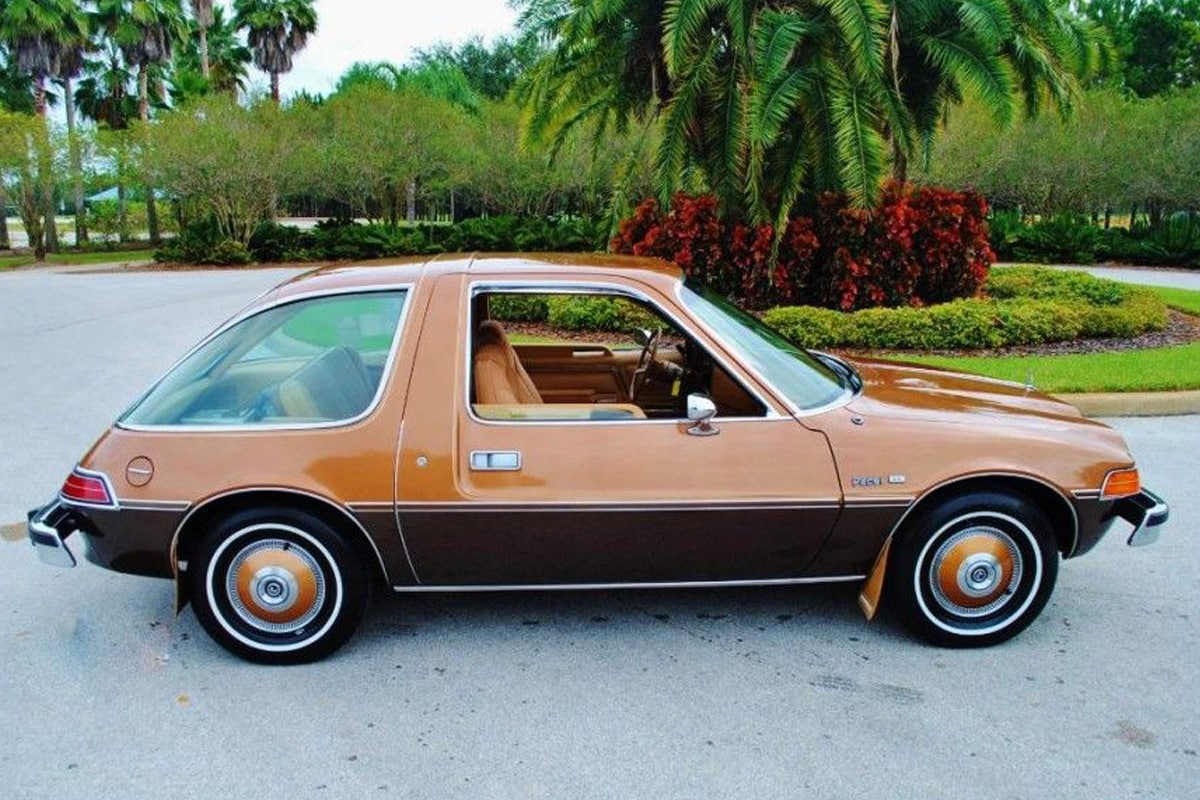No one wants to drive a lemon car. You know, as soon as you buy a car and take it off the lot, something is going to break. The engine is broken or the brakes don’t work. The worst thing that can happen is that something goes wrong and you suffer a huge financial loss. How do you avoid this? The easiest way is to avoid lower-quality cars. This list will show you some of the worst cars ever built, so you don’t end up trying to make lemonade out of lemons.
1. The 2004 Chevy SSR Was All For Show
The SSR in Chevrolet SSR stands for “Super Sport Roadster.” After its release, consumers realized that this car was not a super sports car at all. Instead, it’s a hard, slow failure of a car with sparkling retro styling.

It would be nice if Chevrolet cared as much about what’s under the hood as it does about what it looks like. The car’s body was too heavy for the engine, resulting in sluggish performance that many critics called sluggish. Just as the car was released, it was quickly retired.
One of Pontiac’s most highly hated vehicles is up next.
[mashshare]






